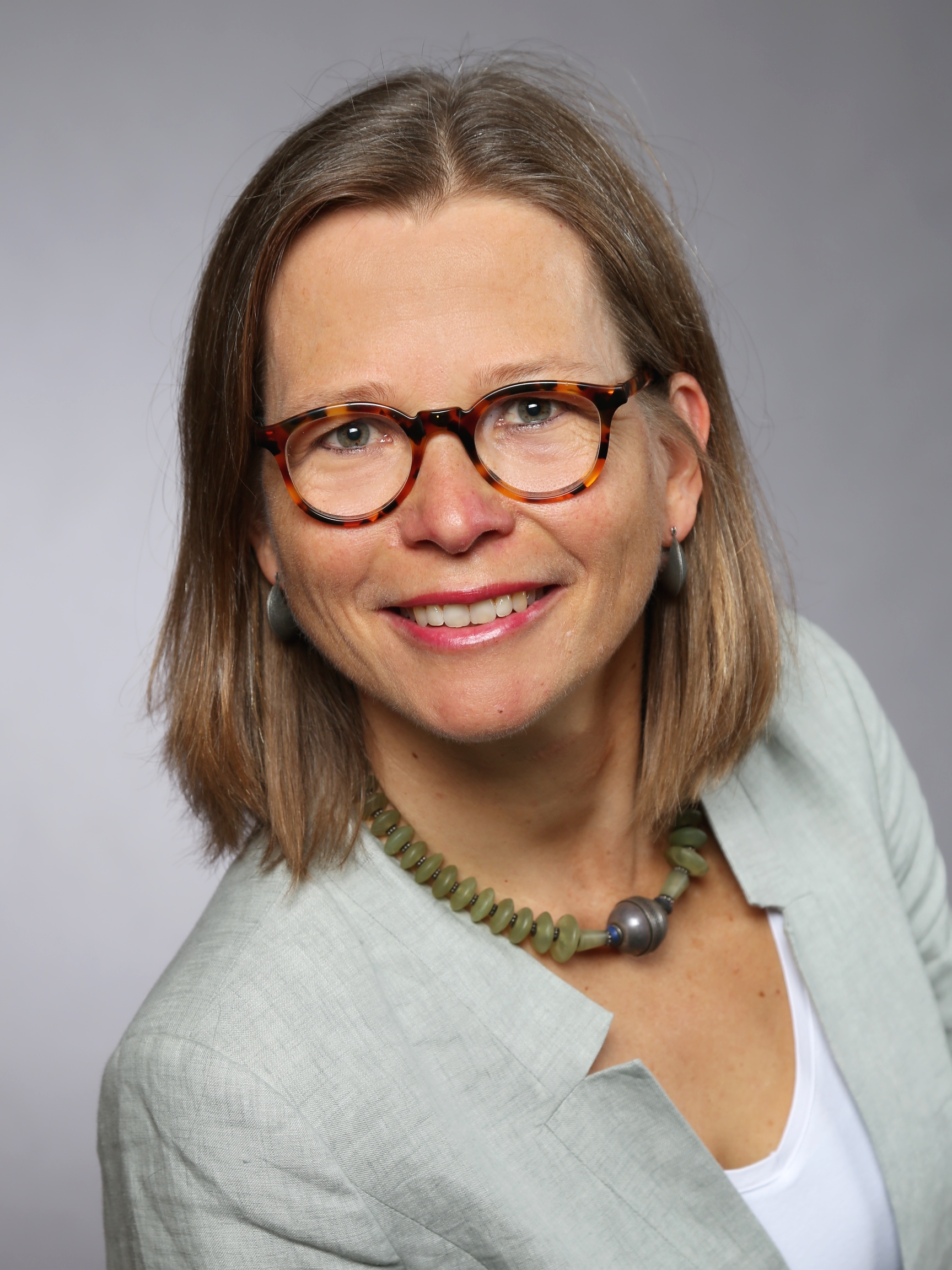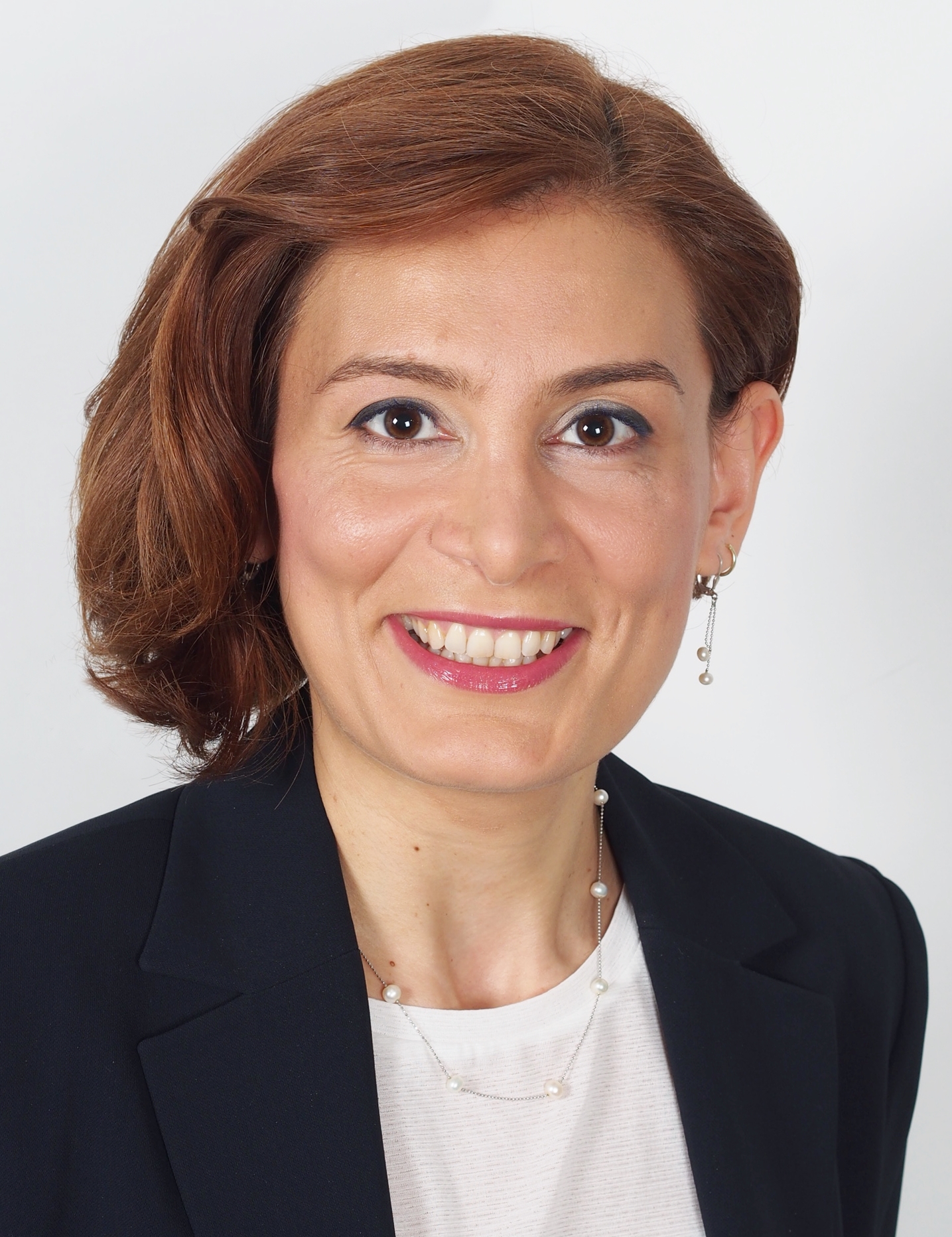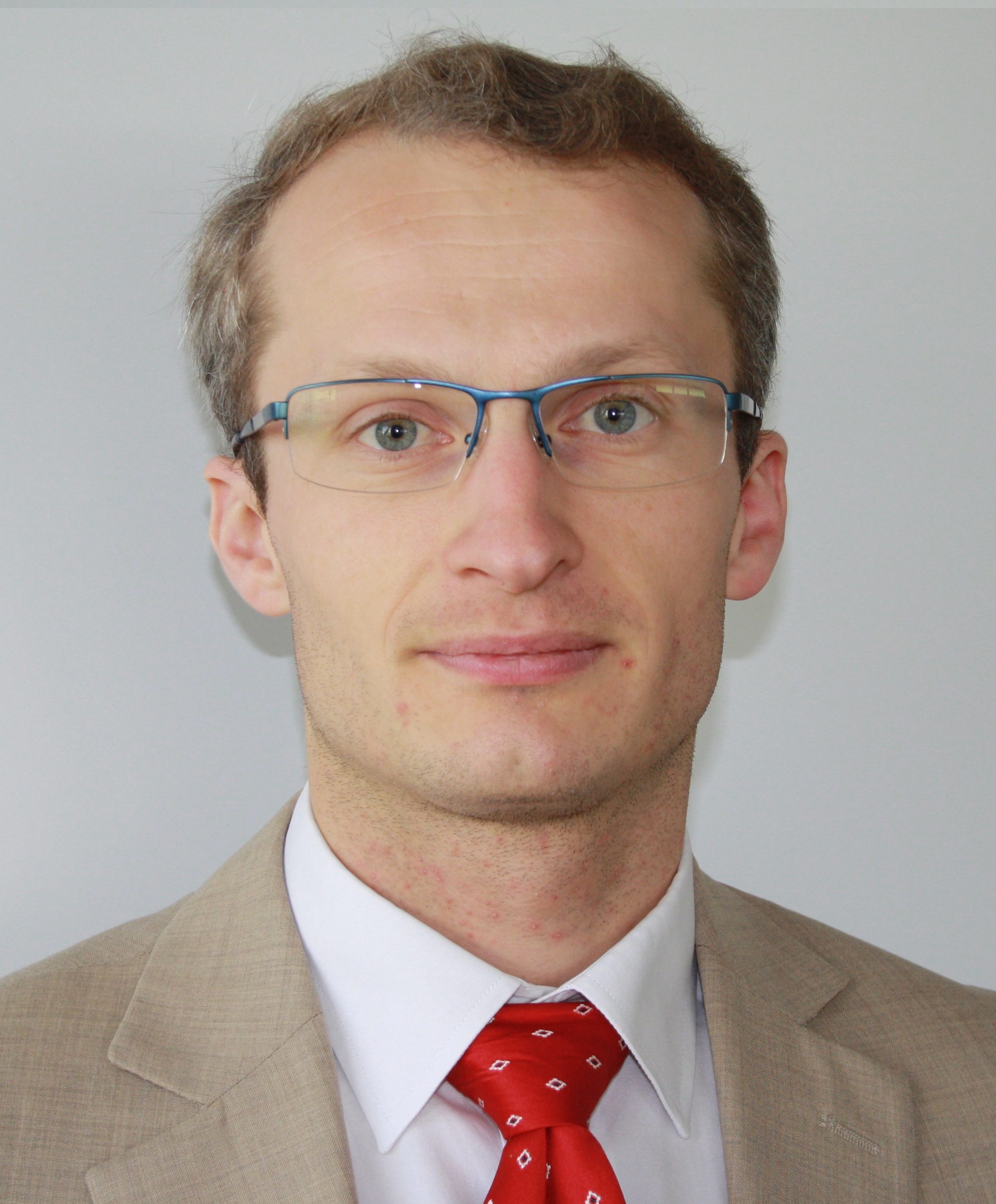Steinbeis experts create innovation processes for EU projects
Cities and local communities play a central role in the transition to alternative energy sources and climate protection, but they are also key players in innovation, because they hold responsibility for planning and ongoing developments. However, smart cities are not just about clever urban planning and using renewable energy, they also introduce sustainable travel concepts and digital urban solutions. Steinbeis-Europa-Zentrum is helping to create an innovation process in its role as a project partner in two European Smart Cities initiatives: CITyFiED and REMOURBAN. Its role is to pool expertise and provide support with the market entry based on the project results.
For a city or municipality, taking part in a Smart Cities project is a unique opportunity. It’s a chance to exchange ideas regarding a problem with a variety of different parties such as companies, startups, research bodies, associations, financial institutions, citizens, and other European cities. It’s also a good way to identify solutions with others and make cities healthier, more sustainable, and greener. When cities start experimenting with new ways to work together and develop creative solutions, they turn themselves into innovation hubs.
The methods that are used to develop innovations and measures are innovative in themselves. One example comes from the EU project CITyFiED, which involved developing a method for planning energy-efficient urban renovation, introducing the new method, and replicating it in other places. The project included looking at district heating technology and integrating distributed power generation. The CITyFiED method of sustainable urban renovation is a process spanning seven stages. The first is to capture requirements and, based on this, plan a strategy. The next stages involve working up different scenarios, before testing, implementing, and finally evaluating them. The approach provides useful help in introducing the energy-efficient redevelopment of urban districts to the general public and replicating this. It’s also important for adapting sustainable urban development strategies to factors revolving around energy efficiency. The target group for the method comprises other cities and communities.
There are two important innovative aspects of this method: the CITyFiED Indicator Tool and the involvement of an External Consultancy Group (ECG). These provide quantitative criteria, which help with decision-making processes required for the method. They give cities an opportunity to conduct diagnostic testing on their energy efficiency renovation programs in three steps before introducing measures accordingly. First, the planners look at the city and its districts (City Level Indicators, L1); second, planned interventions are considered (Project Level Indicators, L2); third, a city can work through different scenarios and evaluate them (Impact Assessment Indicators, L3). Hand in hand with this process, a multidisciplinary consultation group works in close cooperation with the local authority to go through the diagnostic stages, and this makes it easier to pinpoint which strategies to implement. Finally, this method makes “integrated thinking” easier, enhancing efficiency by taking a holistic approach toward capturing and assessing results and validating any activities they entail.

The different phases of the CITyFiED method © CITyFiED
These measures were first implemented in Duero-Valladolid (Spain), Soma (Turkey), and Lund (Sweden). Eleven further city clusters evaluated the measures and the project team also compared notes directly with 50 European cities (“communities of interest”). The cities involved in the project in Germany were Ludwigshafen (city cluster) and four communities of interest: the metropolitan region along the Rhine and Neckar rivers, Ludwigsburg, Hamburg-Altona, and Dresden. Three demonstration cities – Lund, Laguna de Duero, and Soma – are working in close collaboration on the testing and validation of each step to help develop the CITyFiED network in more than 50 further cities. As part of the CITyFiED project, an integrated and systematic strategy and method were developed for planning the smart cities of the future. The idea is to reduce energy requirements and greenhouse gases, at the same time increasing the use of renewable energy.
For the REMOURBAN project, the project partners developed a regeneration model for urban transformation that can be applied to other cities. The aim was to reduce carbon emissions and energy consumption, looking at efficient heating and air-conditioning systems in buildings and different ways to combine smart grids and sustainable traffic management systems using ICT solutions. Three lighthouse cities were selected, including demonstration districts – Valladolid (Spain), Nottingham (UK), and Tepebasi/Eskisehir (Turkey). The project teams already succeeded in reducing energy consumption in individual districts by between 50 and 53%. The carbon emissions in Valladolid have gone down 80% and in Tepebasi they’re down 63%. In Nottingham, a new delivery service based on electric vans was launched. The last-mile delivery (LMD) service uses electric vehicles to cover the final stages of parcel deliveries. This reduces the burden on the city center caused by trucks, particulate matter, carbon emissions, and traffic jams. The urban renovation strategy also revolves around people, since they are the key to developing smart cities – and of course they are the primary beneficiaries of improvements.
Contact

Valerie Bahr
Valerie Bahr | Senior project manager
Smart Cities and Innovation Management
Steinbeis 2i GmbH (Stuttgart)
www.steinbeis-europa.de
www.cityfied.eu
www.remourban.eu

Dilay Kesten Erhart
Dr. Dilay Kesten Erhart | Project manager
Smart Cities and Energy Technologies
Steinbeis-Europa-Zentrum (Stuttgart)
www.steinbeis-europa.de
www.cityfied.eu
www.remourban.eu

Matthieu Grosjean
Matthieu Grosjean | Project manager
Smart Cities, Transportation, Logistics and Electric Vehicles,
Steinbeis-Europa-Zentrum (Stuttgart)
www.steinbeis-europa.de
www.cityfied.eu
www.remourban.eu

